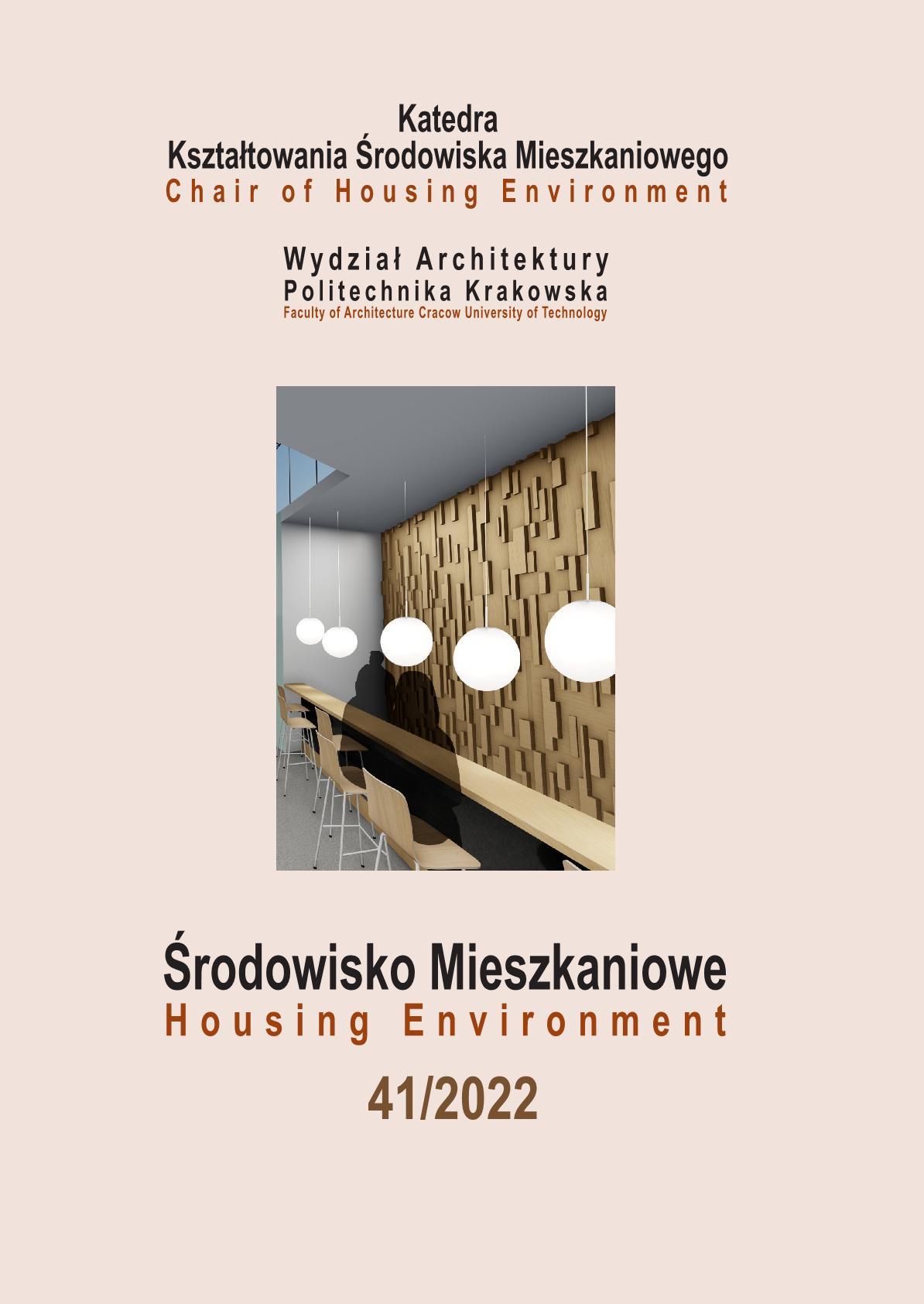Przekształcenia architektury poprzemysłowej na funkcje mieszkaniowe - analiza wybranych przykładów z terenu Polski w oparciu o kryteria definicji loftów.
Conversion of post-industrial architecture for residential usage - analysis of selected examples in Poland centred around the criteria of the definition of loft.
Author(s): Mateusz Piegza, Jan RabiejSubject(s): Architecture, Sociology of the arts, business, education
Published by: Wydawnictwo Uniwersytetu Jagiellońskiego
Keywords: post-industrial architecture; loft; apartment; architectural conversions; adaptations;
Summary/Abstract: The subject matter of this article is the conversion of post-industrial architecture for residential usage. Lofts (or loft apartments) are typical of such conversions. Definitions of this type of architectural building determine their specificity. The aim of the research was to answer the question Do modern-day adaptations of post-industrial buildings for residential usage in Poland meet the criteria of the definition of lofts? The first section of the article introduces the origins of the loft and the evolution of its definition from the 1950s to the beginning of the 21st century, taking into account international context and considerations in Poland. The fields of objective research determine the criteria for buildings that qualify and meet the definition of lofts.The second part of the article presents the findings of analyses of four examples of conversions of post-industrial buildings, completed in Poland between 2008 and 2020, and which have been designated as lofts/loft apartments. The case studies focus on the following areas of research: general information about the building, the range of conversion, the typology of the apartments, functional layouts and affordability of the apartments. The findings of the analyses are summarised with conclusions.In the final section of the article the findings of the analyses are set against the qualification criteria, allowing for the formulation of an answer to the research question. The entire study is then summarised and the authors’ recommendations presented.
Journal: Środowisko mieszkaniowe
- Issue Year: 2022
- Issue No: 41
- Page Range: 50-64
- Page Count: 15
- Language: Polish

